In the heyday of vintage chronographs, namely the 1950s and 60s, many consumers were buying these watches purely for use. The aesthetics of a great vintage chronograph are what entices a purchase today, and there is absolutely nothing wrong with that.
If you happen to own a chronograph featuring a tachymeter, telemeter, or pulsations scale and look down at your wrist wondering, “hey what do all these numbers mean?” you are not alone. No shame at all, really. Trust us, most collectors have been in the same spot and some lie to themselves often in thinking they know all. Let’s change all of that today.
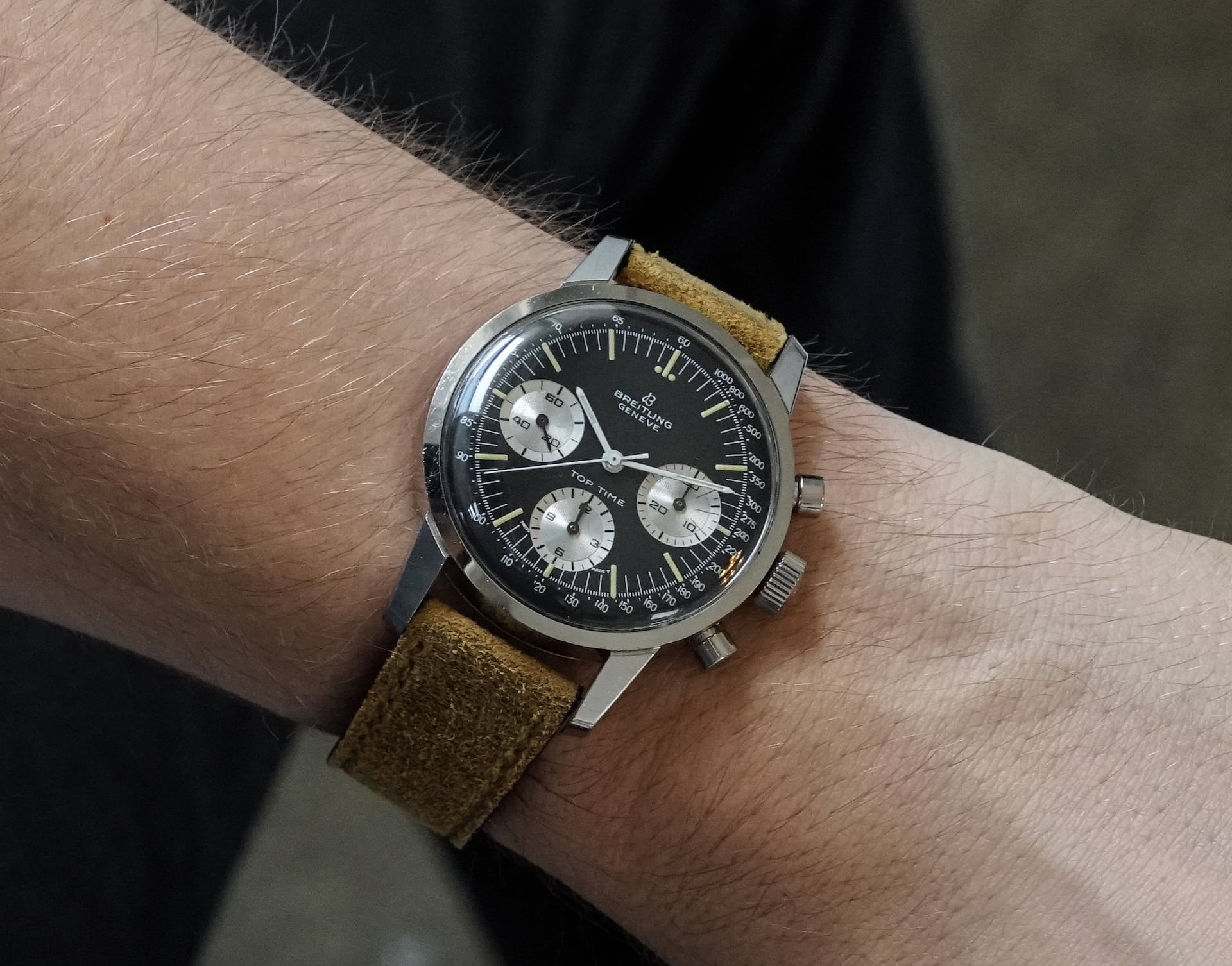

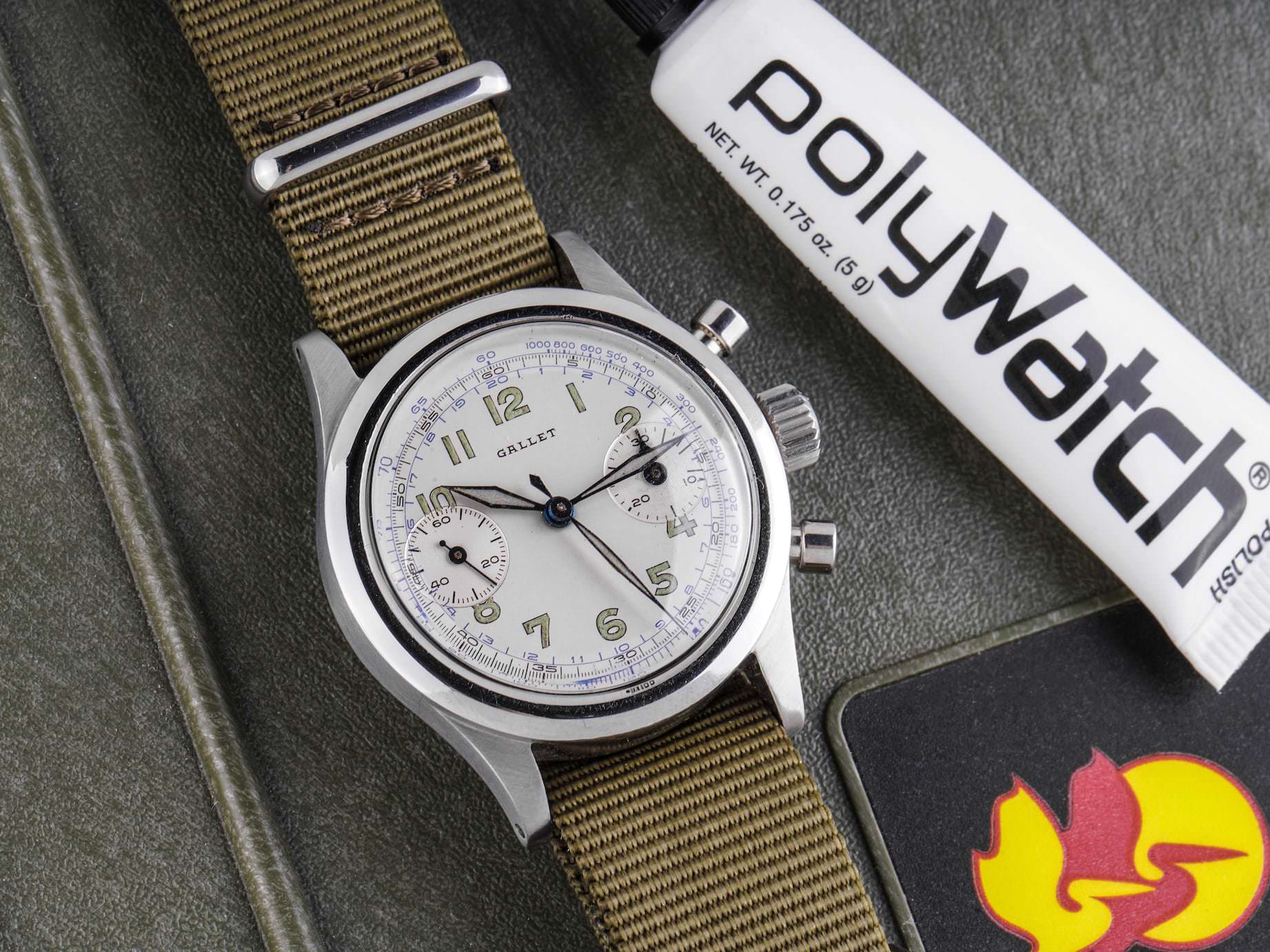
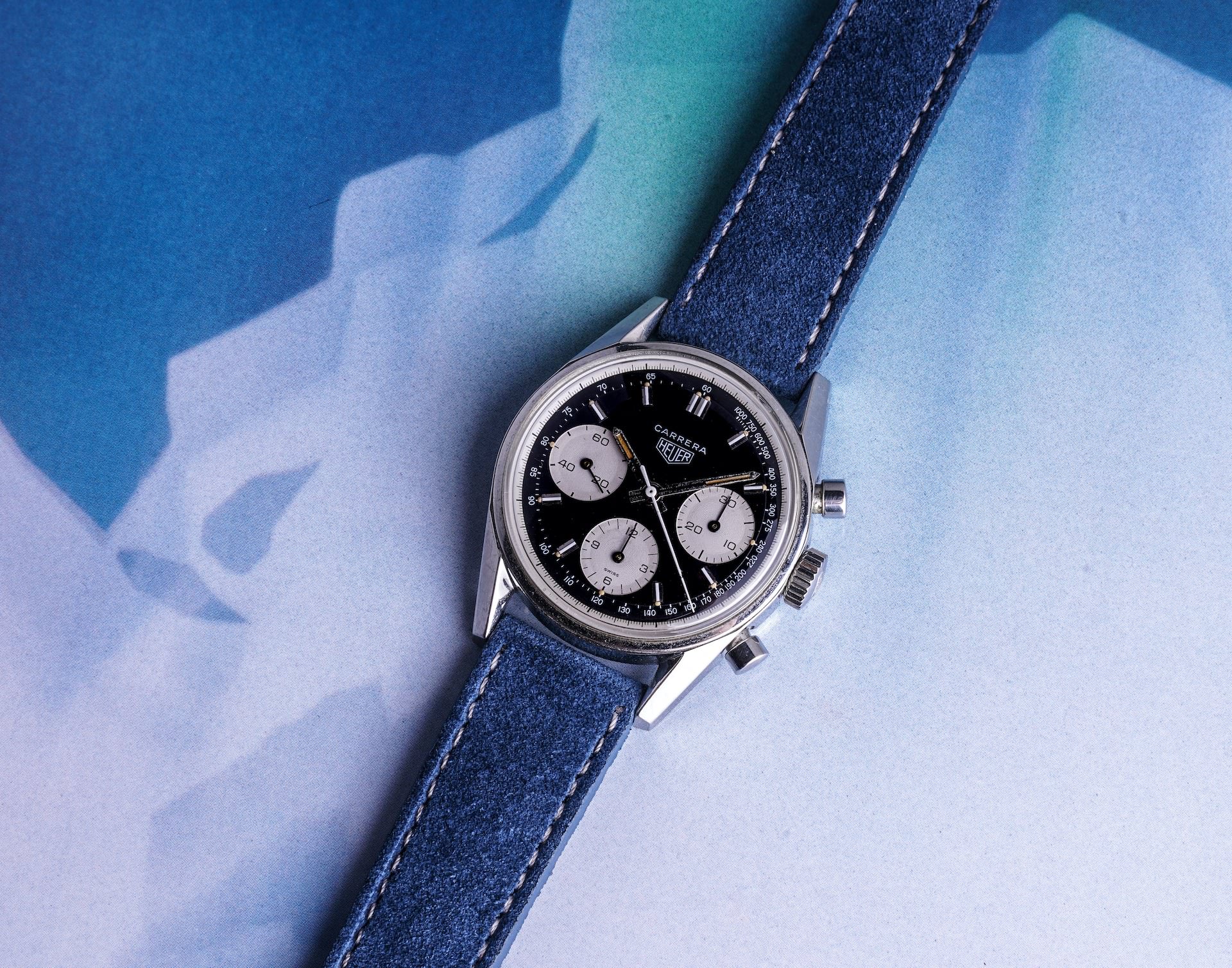
Possibly the watch world’s most common scale, the tachymeter is proudly featured on golden age chronographs designed and manufactured for motorsport such as Omega’s Speedmaster, Heuer’s Carrera, and Rolex’s Daytona. The key word here is speed. The tachymeter calculates speed or, more generally, units per hour.
Example: Speed of a car, say an F1 car, on a 1 mile track.
Example: Speed of a plane.
In general, use a tachymeter by following this process:
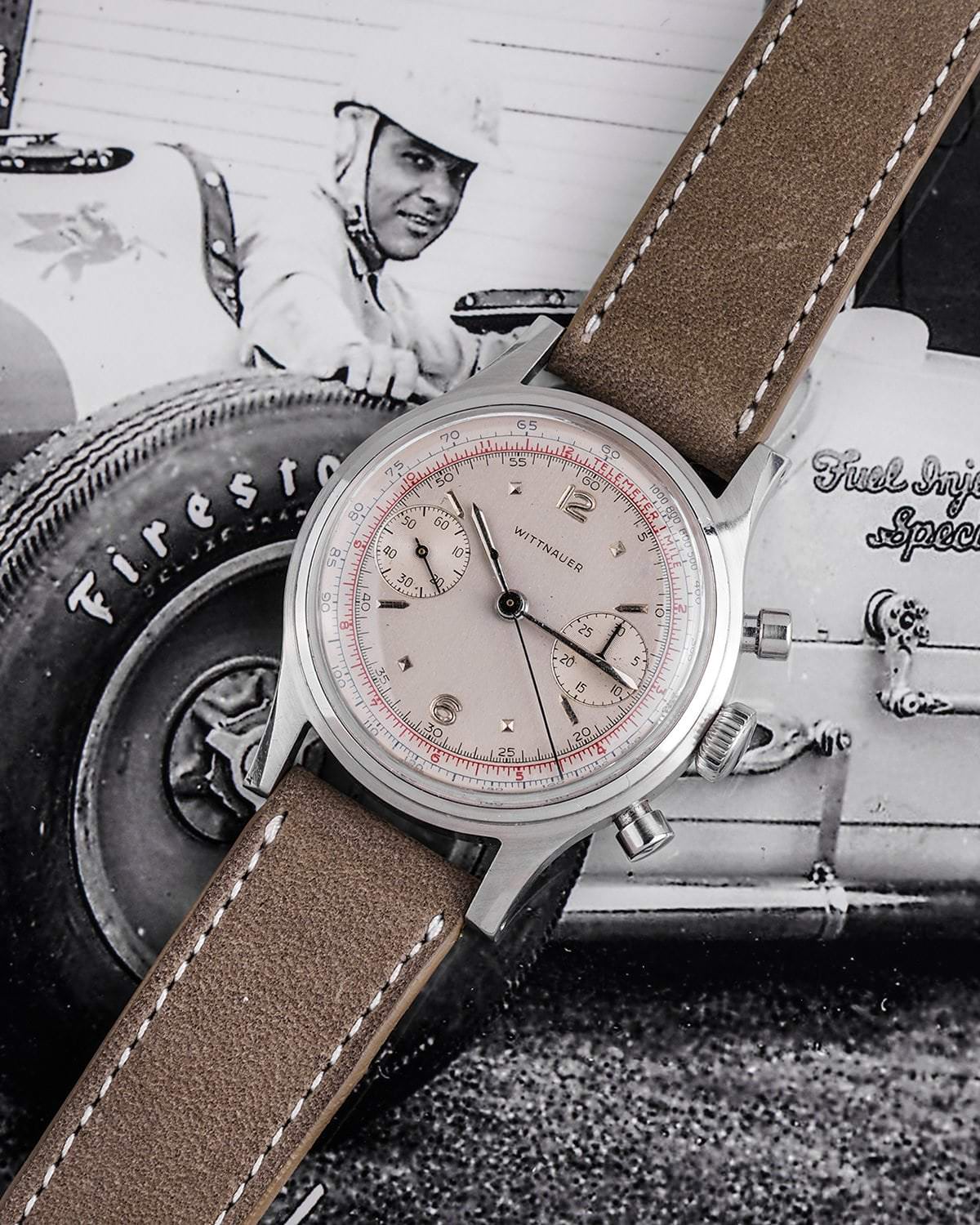
Often featured alongside a tachymeter or other chronograph scales, the telemeter scale is used to approximate the distance between the watch and something that can be heard or seen. The unit of measurement is often kilometers and indicated right on the telemeter scale, normally right near the start. Finding its way into the watch world as a necessity calculating fire range on the battlefields of WWI and WWII, the telemeter can be used in civilian life to approximate distance from lightning strikes, fireworks, among other uses.
Example: Fire range of artillery.
Example: Distance from lightning strike.
In general, use a telemeter by following this process:

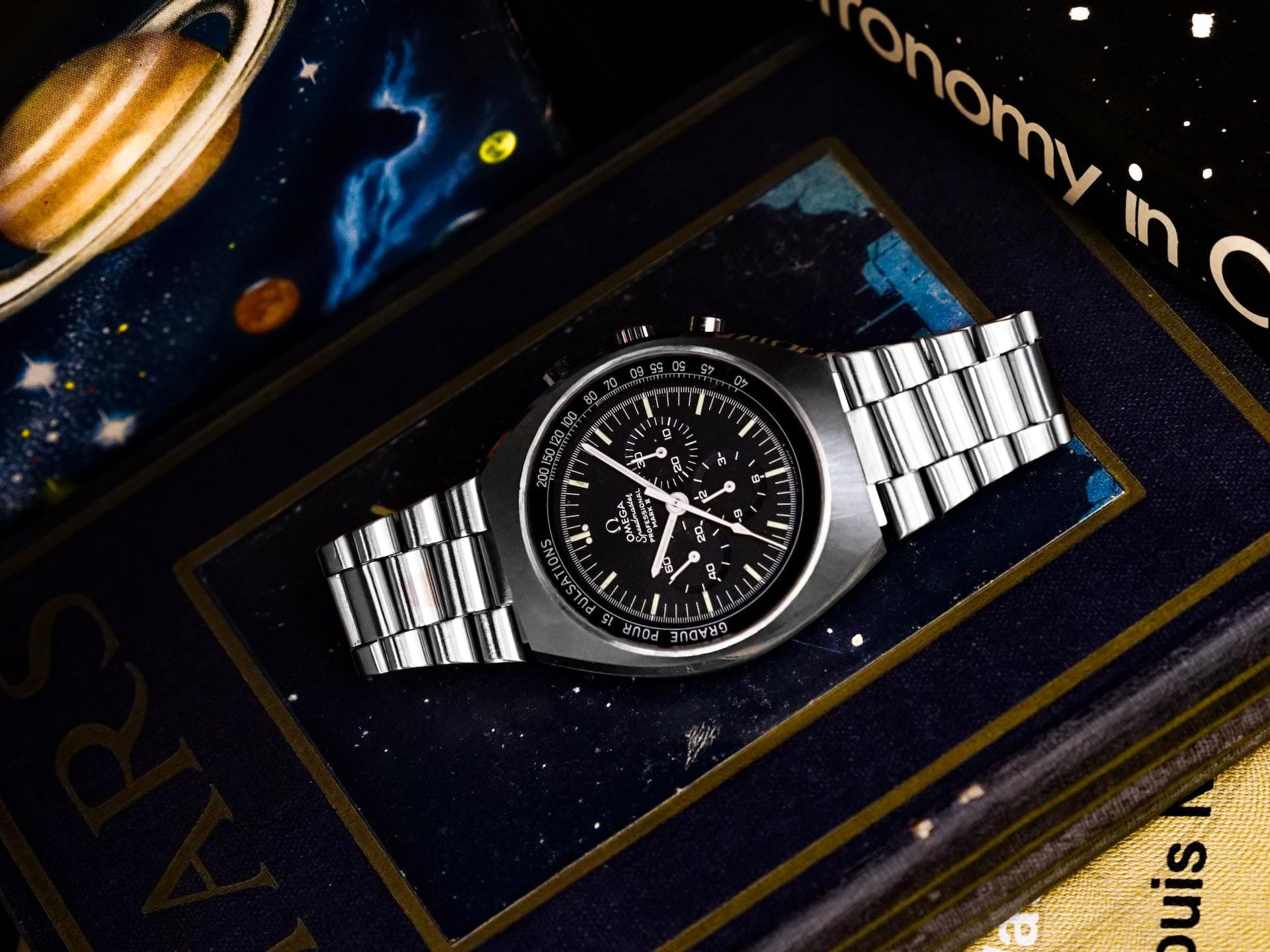

Whereas other scales discussed here can be used for a few to many different applications, the pulsations scale is laser focused in its aim. The history of heart rate calculation and, specifically, using watches to do so is rich. Dr. Andrew Hantel, my good friend, recently wrote a complete breakdown doing a much better job than I could ever detailing this history. That being said, let’s stick to the basics and learn how to use a pulsations scale to find a heart rate.
Just as a chronograph complication all together can add both symmetry and grace if done correctly or clutter if done poorly, the addition of scales to a dial has to be executed carefully. There is an art here to pay close attention to when collecting. Artful watchmakers will implement both text color and texture changes to set apart a tachymeter or telemeter track. Varying texture is an aspect of this equation that may only be apparent when viewing a watch in the metal but, when done right, will leave you staring at the dial for longer than you’re willing to admit.
Beyond considering the aesthetic tail winds of adding additional scales to a chronograph dial is rarity. Due to their narrow use cases, pulsations scales are seen less often than tachymeters. Rarity means value in this world of vintage, especially when couples with demand. That demand is present for doctor’s watches. Back in 2016, Phillips auctioned a Rolex Daytona ref. 6239 nicknamed “The Doctor” fitted with a pulsations dial. The lot hammered for right around 20x market price of an ordinary ref. 6239 Daytona.
In considering your next vintage chronograph purchase, alongside collectability, pay close attention to the original intended use of the watch. Although the pure utility may now be rendered hollow by the computer in your pocket, the design ethos remains. The Speedmaster and Daytona were designed as companions to drivers. That history and intention can still be felt by a wearer today on and off the track. Similarly, an early Breitling Navitimer is a pilot’s watch, no matter if you understand thrust and lift or have to close your eyes on takeoff and landing.

Check out 'Reference Tracks' our Spotify playlist. We’ll take you through what’s been spinning on the black circle at the C + T offices.

Never miss a watch. Get push notifications for new items and content as well as exclusive access to app only product launches.
Sign up for our newsletter to receive updates and exclusive offers